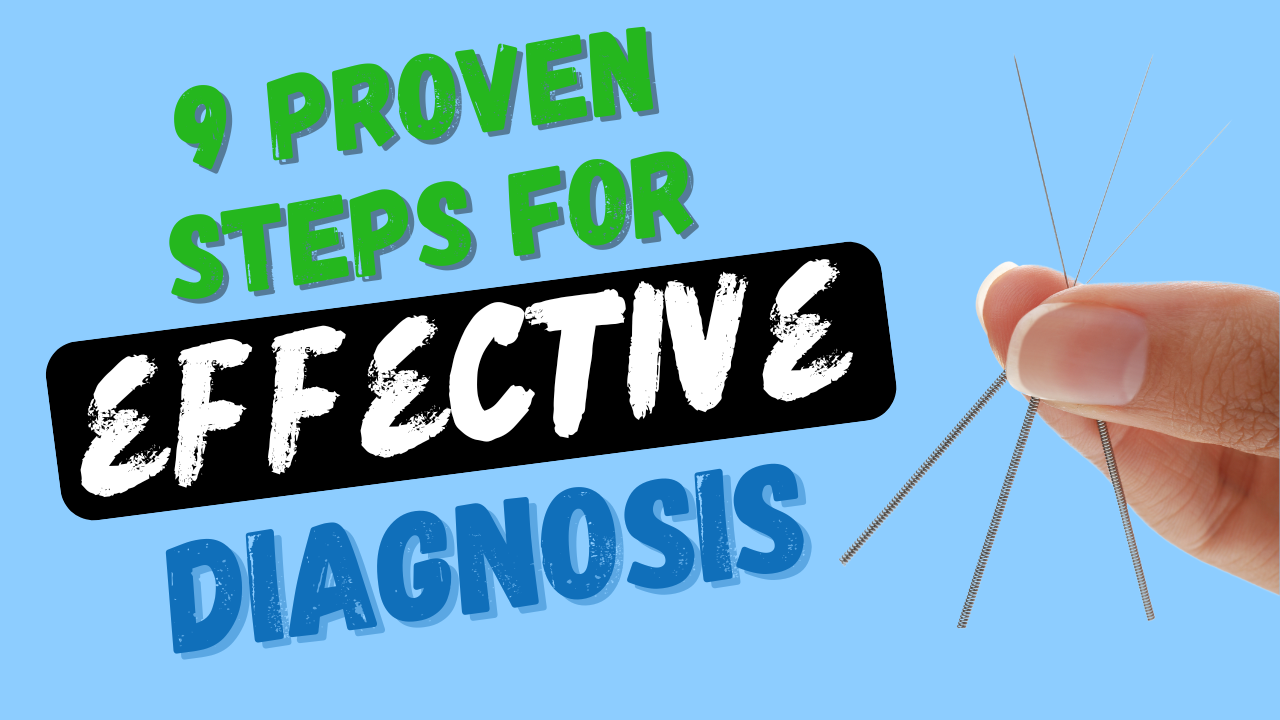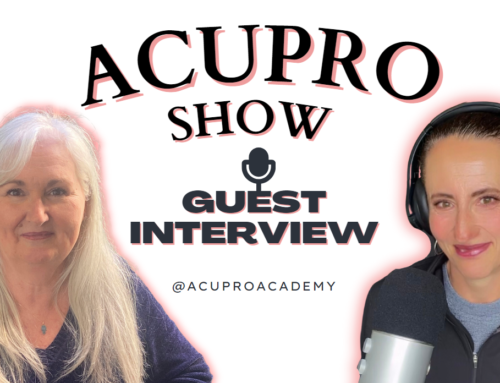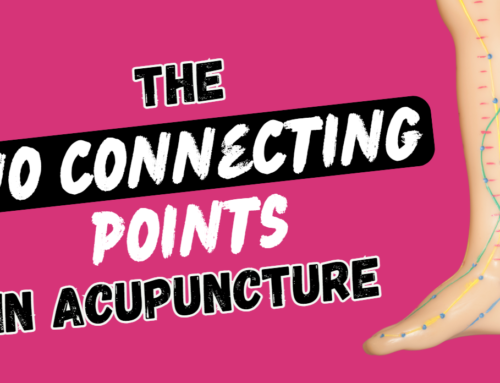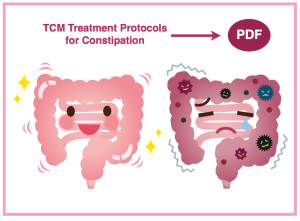Listen on Apple Podcasts Listen on SpotifyListen on YouTube Listen on Amazon Music
🔗Links mentioned in this episode:
FREE Zang-Fu Organs Pattern PDF
Chinese Medicine Made Easy Book
TCM Foundation & Diagnosis in Depth Classes
Show Notes
In the world of Traditional Chinese Medicine (TCM), the art of diagnosis holds the key to unlocking the path toward successful patient outcomes. As a practitioner or a TCM student, understanding the intricate nuances of diagnosis is essential for providing effective care. Today, we delve into a practical nine-step framework that simplifies the complexity of Chinese medicine diagnosis, making it accessible and actionable for all.
Back when I was in TCM school, my teachers used to say, “There are no wrong treatments in Chinese medicine, only the wrong diagnosis.” This statement resonates deeply with me still today as I uncover the importance of accurate diagnosis in the realm of TCM. Join me on this journey as we explore the heart of Chinese medicine diagnosis and break it down into a practical framework that ensures superior patient care and treatment outcomes.
Yin Yang Theory ☯️
Always start with the basics, the Yin Yang theory. Begin by looking at the eight principles: Yin and Yang, hot and cold, internal and external, deficiency and excess. By determining if it is an internal or external problem and whether it is more cold or hot, you can start to form a better understanding of the diagnosis.
Five Element Theory 🌎🪵🔥💎🌊
The next step is to utilize the Five Element theory. This theory helps identify which element is affected and where it all started. By examining the symptoms and considering the relationships between the elements, you can gain valuable insights into the root cause of the condition.
Four Vital Substances 🩸
Next, take a closer look at the Four Vital Substances: Qi, blood, body fluid, and essence. Each substance plays a crucial role in maintaining health, and their deficiencies or imbalances can give you further clues about the diagnosis. Understand the signs of deficiency or excess for each substance and how they relate to the patient’s symptoms.
Zang-Fu Organs 🫀🫁
The Zang-Fu organs help refine the diagnosis even further. By differentiating the symptoms and determining which organs are most affected, you can tailor your treatment approach accordingly. Pay close attention to the specific symptoms associated with each organ to guide your diagnosis.
Pathogens 🦠
Identifying which pathogens are affecting the body is essential for developing an effective treatment plan. External pathogen invasion, such as colds or flu, is more acute, while internal pathogens like wind, cold, heat, dampness, and dryness are often associated with chronic conditions. Understanding the pathogens at play allows for targeted treatment strategies.
Six Stages and Four Levels 🤒
The six stages and four levels are classical concepts that help analyze the progression and severity of a condition. They can be especially useful for acute cases. The six stages describe how an external pathogen might penetrate the body at different levels, while the four levels explore the heat progression within the body.
San Jiao 👆🏼🫱🏼👇🏼
The San Jiao refers to the upper, middle, and lower Jiao, each containing different organ systems. By correlating symptoms with the specific Jiao affected, you can develop a more precise diagnosis. Pay attention to the meridians associated with each Jiao to further enhance your treatment protocols.
Meridians 🛣️
Lastly, consider the meridians and their dermatomes. By identifying any dermatome issues and understanding how they relate to specific meridians and organs, you can gain deeper insights into the diagnosis. Incorporating meridian-specific points into your treatment plan can be highly effective.
Chinese Medicine Diagnosis 🔍
By following this comprehensive nine-step framework for effective TCM diagnosis, you can approach each patient with confidence and precision. Understanding the key concepts of Yin Yang theory, the five elements, the four vital substances, the Zang Fu organs, pathogens, six stages, four levels, three Jiaos, and meridians will enable you to make accurate diagnoses and provide targeted treatments. Remember, the key to successful outcomes lies in the quality of your diagnosis. Use this framework to unlock new levels of effectiveness in your TCM practice.
Disclaimer
The Acupro Show podcast and material shared through Acupro Academy is a subdivision of Natural Health Sense Incorporated. Designed solely for educational and entertainment purposes. The utilization of information from this podcast or any associated material is at the user’s discretion and risk. This content is not meant to replace the guidance of an acupuncturist. Nor Chinese medicine doctor, medical doctor, physician, or any qualified professional. It is not a substitute for proper diagnosis or treatment. Users are strongly advised not to ignore or postpone seeking medical advice for any existing medical condition with their healthcare professional. Regarding any health concerns.
Need the podcast transcript? Click here!







Leave A Comment